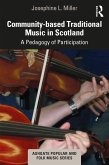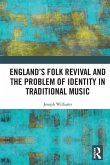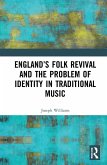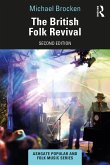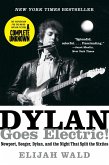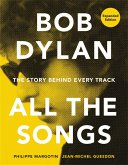This book examines the community-based learning and teaching of 'traditional' music in contemporary Scotland, with implications for transnational theoretical issues. The book draws on a broad range of scholarship and a local case study of a large organisation. A historical perspective provides an overview of new educational formats emerging from the mid-twentieth century folk music revival in Scotland. Practices through which participants encounter and perpetuate the idiom of traditional music include social music-making, learning by ear and participatory and presentational elements of musical performances. Individuals are shown as combining these aspects with their own learning strategies to participate in the contemporary community of practice of traditional music. The work also discusses how experiences of learning contribute to identity formation, including the role and practice of 'tutors' of traditional music. The author proposes conceptualising the teaching and learning of traditional music in community-based organisations as a 'pedagogy of participation'.
"In this deft and convincing study, Josephine Miller sets out to describe the process by which traditional music is being taught and learned in community settings in Scotland in the twenty-first century. This is achieved through a nuanced layering of extant educational theory and ethnographic data gathering, including interviews, observations, and detailed, thick descriptions of the setting... There are chapters here that provide an opportunity for the interested folk musician, whether learner or tutor, to reflect on and inform their own practice. And for those making any kind of study of post-revival folk music education the book can be added straight to the list of compulsory reading."
Matt Price, Folk Music Journal
Matt Price, Folk Music Journal


